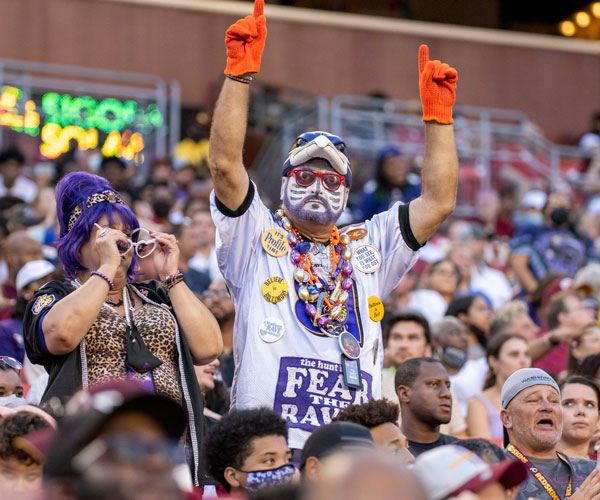Before men built huge steel monstrosities that lifted riders hundreds of feet into the air, they built smaller, rickety ones that clicked along wooden tracks — battering, bruising and exhilarating the men and women who flocked to them each summer. David and Diane Francis' new 128-page book, "Cleveland Amusement Park Memories" ($19.95, Gray & Co.), provides a window into a time when Northeast Ohio was dotted with such attractions. We asked David Francis to name his five favorite rides from these historic parks. Remember to buckle up and keep your hands and feet inside the cart at all times.
1. The Flying Turns
Location: Euclid Beach Park
Built: 1930
Background: Invented by World War I aviator J. Norman Bartlett, the ride merged the adrenaline rush of flying and bobsledding.
Francis says: "A very fast and exciting ride, there were very few built and the one at Euclid Beach was the largest."
2. The Shoot-the-Chutes
Location: Luna Park
Built: 1905
Background: This ride featured a wooden boat that was lifted to the top of a hill before sliding down a steep incline into a lagoon.
Francis says: "It was a crucial ride that was at the center of most large parks. They were big and expensive and took up a lot of space, so small parks couldn't have them."
3. The Great American Racing Derby
Location: Euclid Beach Park
Built: 1921
Background: This carousel simulated a horse race with its fast speeds and horses that surged forward and back as the ride spun in circles. This one was relocated to Cedar Point and bears the name "Cedar Downs."
Francis says: "They built no more than a dozen of them and there's only two left today. • It's a very unique, complex ride with a mile of cable underneath controlling it."
4. Racing Coaster
Location: Euclid Beach Park
Built: 1913
Background: Dual tracks allowed two trains to race each other on this classic ride designed by John A. Miller, one of the pioneers of roller-coaster engineering.
Francis says: "Racing coasters were invented in the 1890s, but they were very slow. In 1910, people started taking out patents on new racing coasters."
5. Cyclone
Location: Puritas Springs Park
Built: 1928
Background: This ravine roller coaster used the lay of the land to create its exciting and rough ride. It was responsible for numerous injuries and at least one death.
Francis says: "Coasters become rougher as they age. That was the case with the Cyclone. It had a fearsome reputation, but most injuries occurred because riders did foolish things. • Most coaster injuries are the result of rider negligence."



